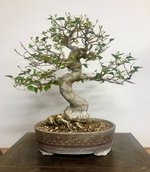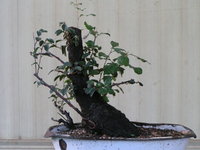MACH5
Imperial Masterpiece
This Japanese snowbell (Styrax japonica) was purchased last year from Bill Valavanis. Actually it was owned by Joe Noga and Bill brokered the sale. I bought the tree for several reasons, not least is their relative rarity in the US at least as bonsai. In addition, the tree offered great movement, scarless trunk and a wonderful 360 root spread. I also saw a future little shohin up top!
This is the tree shortly after it was received.
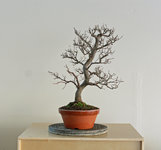
And this is what I saw. Twin trunk shohin up top and red line indicating where I intended to cut it back to.
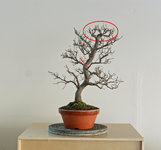
The tree now one year later with the front changed and drastically shortened. As a result the tree is now much more compact and its taper improved. The tree had been repotted in spring of 2021 using a larger pot to allow for faster development.
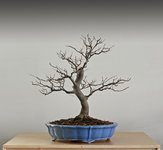
Good movement and a scarless trunk. The nebari is also quite nice all around which is one of the hallmarks of the Japanese snowbell.
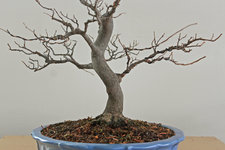
Two side branches were brought up with the help of a guy wire to start building the upper portions of the tree.
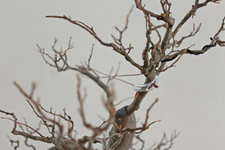
Last but not least is the twin trunk shohin that resulted from air layering the original apex. The air layer was made in the month of May 2021 and separated three months later in August.
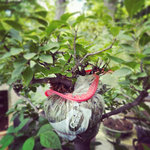
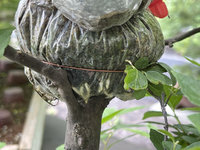
Potted after it was separated in August and will be left to grow next year before transplanting it into a bonsai container probably in 2023.
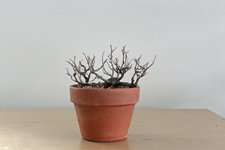
This is the tree shortly after it was received.

And this is what I saw. Twin trunk shohin up top and red line indicating where I intended to cut it back to.

The tree now one year later with the front changed and drastically shortened. As a result the tree is now much more compact and its taper improved. The tree had been repotted in spring of 2021 using a larger pot to allow for faster development.

Good movement and a scarless trunk. The nebari is also quite nice all around which is one of the hallmarks of the Japanese snowbell.

Two side branches were brought up with the help of a guy wire to start building the upper portions of the tree.

Last but not least is the twin trunk shohin that resulted from air layering the original apex. The air layer was made in the month of May 2021 and separated three months later in August.


Potted after it was separated in August and will be left to grow next year before transplanting it into a bonsai container probably in 2023.


